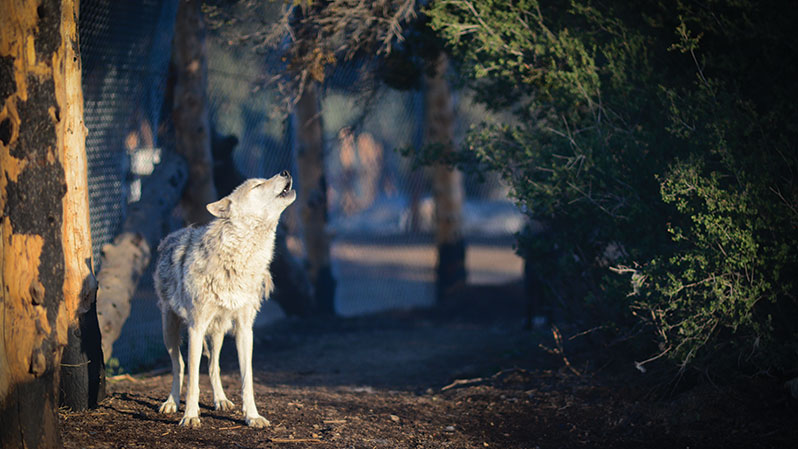As a matter of course, nonhuman animals and their perspectives should be routinely covered and included in news as about them, rather than relegating coverage to special, occasional stories. Journalists and editors should:
- Dedicate time and space to coverage of interactions between human and nonhuman animals. Consistent coverage demonstrates animals are important subjects of interest and attention. This could involve assigning a dedicated journalist to this beat, perhaps combined with an environmental beat. This beat should present animal and ecological issues not only from a scientific or economic perspective, but also from socio-psychological, ethical, and political perspectives.
- Acknowledge and include the perspective and interests of nonhuman animals within major news stories where animals are involved or affected (for example, stories about war, crime, health, food/dining, energy, politics, science, and lifestyles). (See Section Avoiding Bias for recommendations on how to do this).
- Investigate animal exploitation and harm in its many forms, even legally sanctioned practices (such as farming, hunting, and experimentation) that are standard and routine. While illegal activities (such as dogfighting or trade in endangered species) are clearly newsworthy crime stories, the news should also question all human practices that involve and potentially harm animals. To be inclusive of both welfare and rights perspectives (See Glossary for definitions of these terms), a critique should not only involve questioning the treatment of animals used by industry but also the rights and entitlement of humans to use sentient beings for whatever reasons. These investigations support journalism’s function of holding the powerful accountable.
- Show animals interacting with human caretakers. While some stories will be conflict-oriented or concern abuse, it is important to also model positive bonds and mutually beneficial interspecies relationships that are possible between caregivers and animals.
For citation purposes, this page was last updated September 2016.

